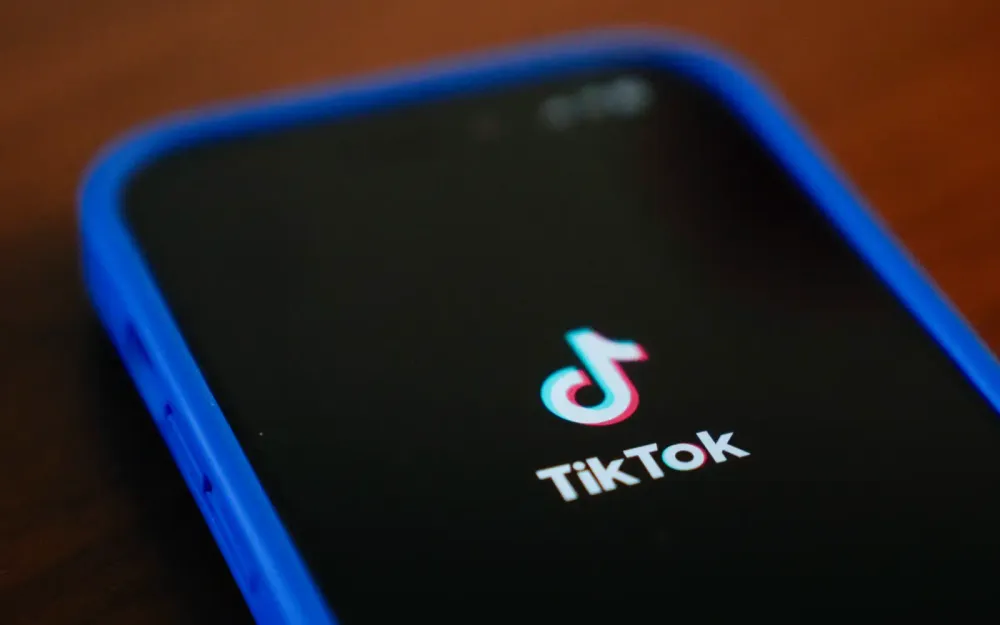TikTok Business Model and Its Replication

TikTok has revolutionized the social media landscape with its short-form video content and highly effective monetization strategies. In this article, we will explore how TikTok generates revenue, the infrastructure behind its success, and whether an individual or a small business can create a similar platform.
Understanding TikTok’s Business Model
1. Advertising Revenue
TikTok generates a large portion of its revenue from ads. These include:
- In-Feed Ads: Appear between user-generated content and are designed to be seamlessly integrated into the feed.
- Brand Takeover Ads: Show when users first open the app, offering high visibility for advertisers.
- Hashtag Challenges: Sponsored challenges that encourage user engagement and create viral trends.
- Branded Effects: Filters and stickers sponsored by companies to increase brand awareness.
2. TikTok Creator Fund
TikTok pays creators based on engagement metrics such as views, likes, and shares. The fund is designed to keep content flowing and encourage user participation. TikTok sets aside millions of dollars to support content creators who contribute to the platform's success.
3. TikTok Live and Virtual Gifts
Users can send virtual gifts to their favorite creators during live streams. These gifts can be purchased using real money, and TikTok takes a percentage of these transactions. This model incentivizes creators to engage with their audiences more frequently through live streaming.
4. E-Commerce and Affiliate Marketing
TikTok has integrated shopping features where brands can sell products directly within the app. The platform also allows influencers to promote products through affiliate marketing, earning commissions on sales generated from their content.
Infrastructure Behind TikTok
To understand whether TikTok’s business model can be replicated, we must look at the technology and infrastructure that powers it.
1. AI and Machine Learning
TikTok's algorithm is a major factor in its success. It uses AI-driven recommendation systems to personalize content based on user behavior. Developing such an algorithm requires significant expertise in artificial intelligence and access to large datasets.
2. Cloud Computing and Storage
TikTok relies on cloud infrastructure for video storage, processing, and distribution. Hosting high volumes of video content requires scalable storage solutions such as AWS S3, Google Cloud, or Azure.
3. Content Delivery Networks (CDN)
To ensure fast video playback across the world, TikTok utilizes a CDN. This technology reduces latency and ensures a smooth user experience, which is crucial for video-heavy platforms.
4. Security and Moderation
With a large user base, TikTok has robust moderation tools powered by AI and human reviewers. Ensuring compliance with global regulations such as GDPR and CCPA is essential for maintaining trust.
TikTok's Annual Infrastructure Costs and Workforce
1. Infrastructure Expenses
TikTok's parent company, ByteDance, invests billions of dollars annually to maintain and scale its infrastructure. Estimates suggest TikTok's infrastructure costs include:
- Cloud Hosting & Storage: $1 billion - $2 billion per year
- AI & Recommendation System Development: $500 million - $1 billion per year
- Content Delivery Network (CDN) Services: $300 million - $500 million per year
- Security & Data Compliance: $200 million - $400 million per year
These figures illustrate the immense cost of running a high-performance video platform at scale.
2. Number of Employees
As of recent estimates, TikTok employs around 30,000 - 40,000 people globally. The workforce is spread across various departments:
- Engineering & AI Research: 10,000+
- Content Moderation & Safety: 15,000+
- Marketing & Business Development: 5,000+
- Legal & Compliance: 2,000+
The company continuously expands its team to enhance user experience, security, and business growth.
Can This Business Model Be Replicated on a Personal Website?
While it is possible to create a similar platform, the challenges are significant. Below are key considerations.
1. Development Costs
Building a TikTok-like website requires significant investment. Here’s a breakdown:
- Website Development: $50,000 - $200,000
- Cloud Hosting & Storage: $10,000 - $50,000 per month
- AI & Recommendation System: $100,000+
- App Development (if needed): $30,000 - $150,000
- Security & Compliance: $20,000 - $50,000
2. Resources and Infrastructure
To handle high-quality video uploads and playback, you will need:
- Powerful cloud storage solutions like AWS S3, Google Cloud, or Azure.
- CDN services to optimize video delivery and reduce latency.
- Backend frameworks like Node.js, Python (Django/Flask), or PHP.
- AI-driven recommendation engines for personalized content.
3. Monetization Options
If you aim to monetize, consider:
- Affiliate marketing and sponsored content.
- Paid subscriptions for premium content.
- Advertising partnerships with brands.
- Virtual gift systems and in-app purchases.
While replicating TikTok’s model on a personal website is theoretically possible, it requires substantial financial and technical resources. TikTok thrives due to its vast infrastructure, AI-driven personalization, and strong monetization channels.
For individual developers or small businesses, it may be more viable to create niche video platforms focused on specific audiences, offering unique features that differentiate them from mainstream social media giants.





